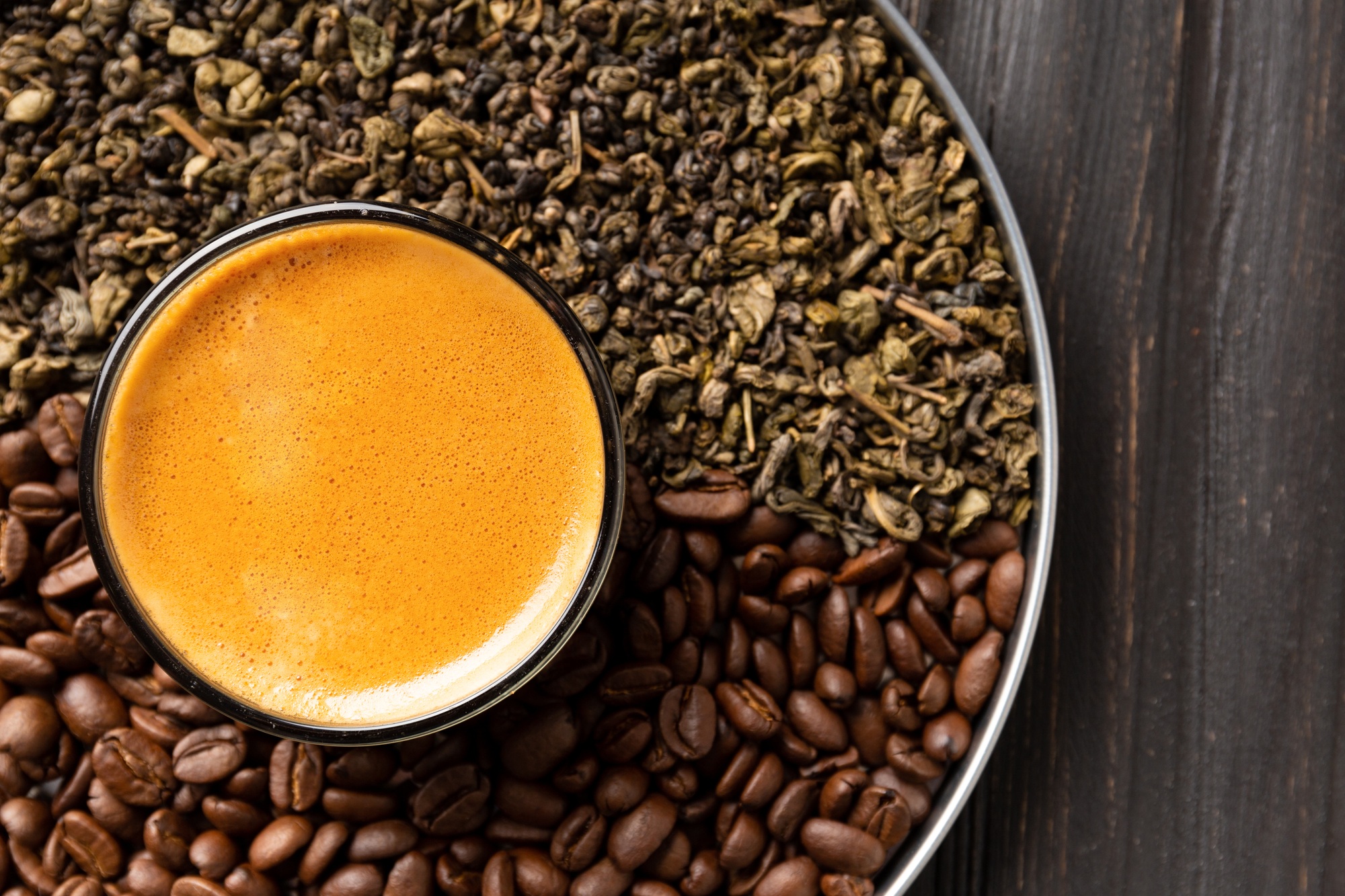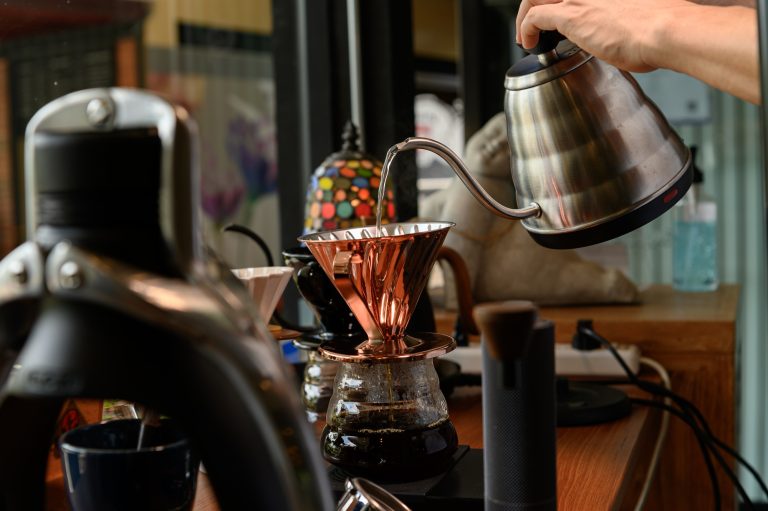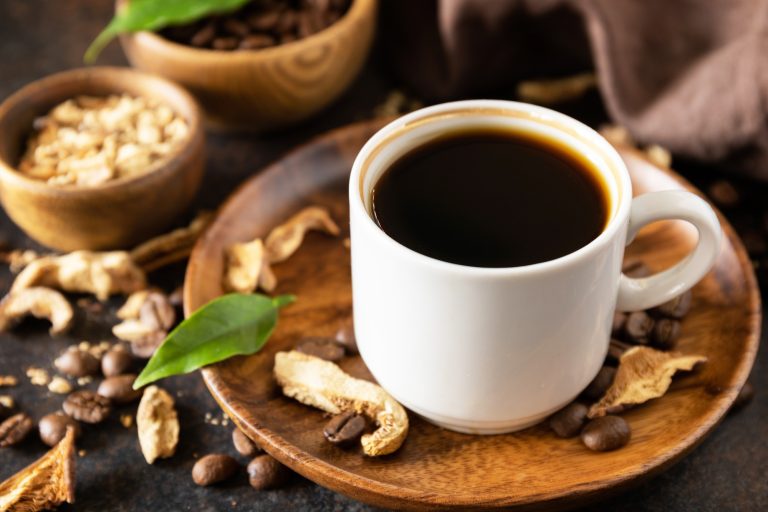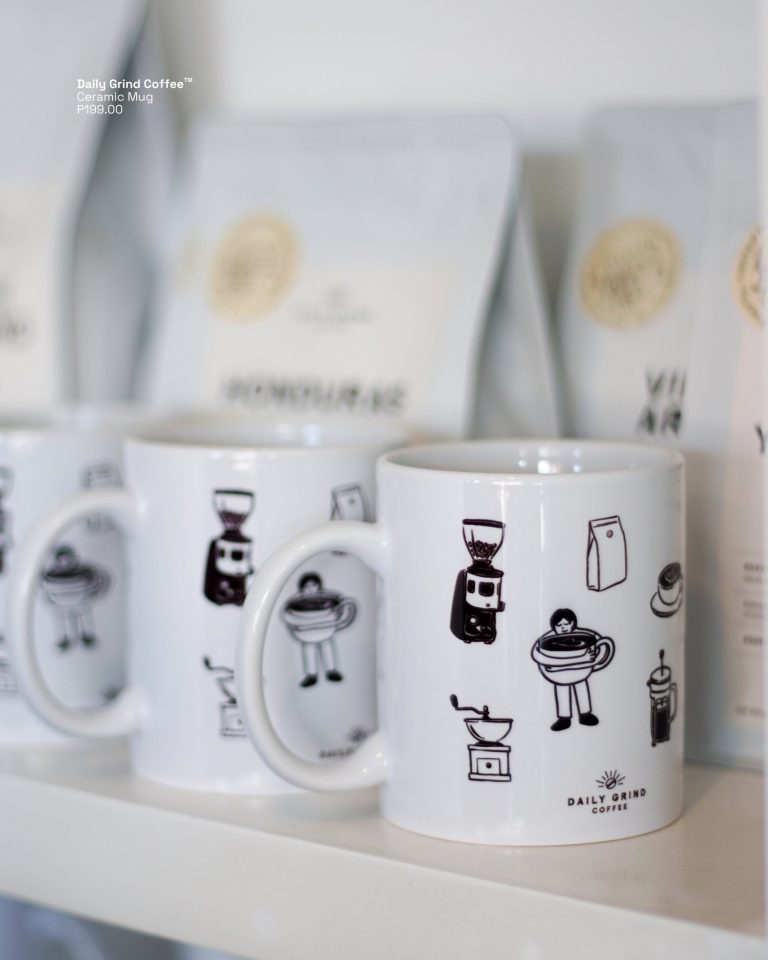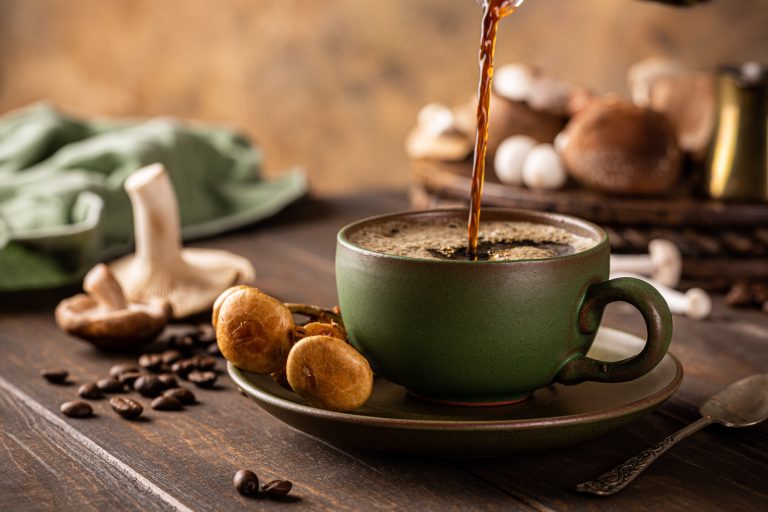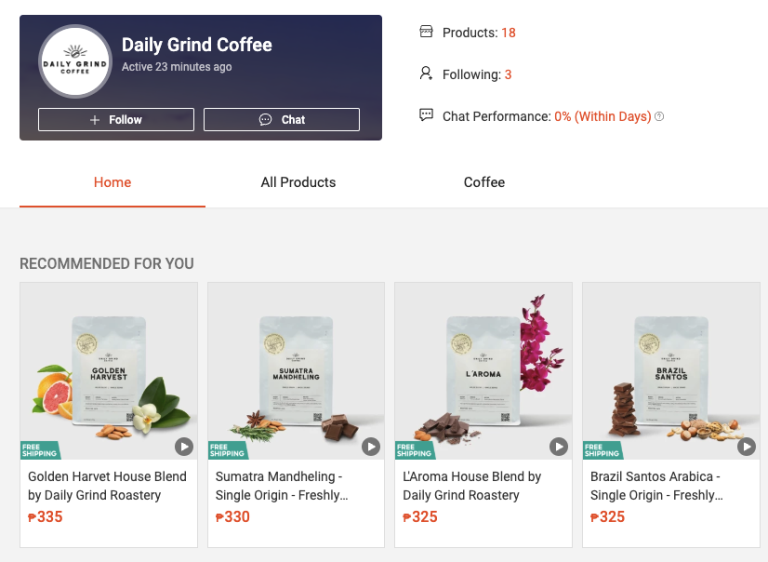Introduction to Coffee and Its Characteristics
Few beverages hold the cultural and sensory power of coffee. Understanding coffee characteristics is essential to appreciating its complexity — from the vibrant acidity at first sip to the lingering depth in every finish. Coffee, brewed from roasted and ground beans, is renowned for its invigorating effect due to caffeine. Yet beyond stimulation, it offers a rich tapestry of flavors and aromas shaped by origin, processing, roasting, and brewing.
The journey of coffee begins with the careful separation of seeds from the coffee cherries, resulting in unroasted green coffee beans — the foundation of every great cup. Yet, beyond its energizing properties, coffee is celebrated for its intricate and layered flavor profile. With over 800 discernible aromatic compounds, coffee offers an unrivaled symphony of taste and aroma.
To fully appreciate this complexity, it is essential to understand the core characteristics that shape the coffee experience — from plant origins and production methods to brewing techniques and cultural significance.
Coffee Plant and Production
The coffee plant is a resilient shrub, prized for its cherries that encase two precious seeds — the coffee beans. Among the many species, Arabica (Coffea arabica) and Robusta (Coffea canephora) dominate global cultivation, each bringing distinct flavor characteristics to the table.
The production journey involves several meticulous stages:
- Harvesting: Selective handpicking or mechanical harvesting.
- Processing: Either dry (natural), wet (washed), or honey processing methods that dramatically influence flavor.
- Roasting: The transformative phase that unleashes the bean’s full aromatic potential.
Coffee Production Process Overview
| Stage | Description | Impact on Flavor |
|---|---|---|
| Harvesting | Picking ripe cherries | Freshness, sweetness |
| Processing | Dry, wet, or honey methods | Fruitiness, clarity, body |
| Roasting | Applying heat to green beans | Development of aroma, flavor complexity |
Coffee Bean Types and Varieties
Coffee diversity is deeply rooted in its bean types:
| Coffee Bean Type | Flavor Profile | Caffeine Content | Notes |
|---|---|---|---|
| Arabica | Sweet, fruity, floral | Lower | Higher acidity, preferred in specialty coffee |
| Robusta | Strong, earthy, bitter | Higher | More crema in espresso, resilient crop |
| Liberica | Smoky, fruity, floral | Medium | Rare, bold, and exotic flavor profile |
Within these types, specialty varieties like Gesha and Bourbon provide extraordinary flavor experiences, often commanding premium appreciation among enthusiasts.
Coffee Production and Trade
Coffee is one of the world’s most traded commodities, employing millions across continents.
However, with great global reach comes great responsibility. Movements like Fair Trade and Rainforest Alliance are paving the way for a more ethical, sustainable industry.
Major Coffee Producing Countries
| Country | Notable Flavors |
|---|---|
| Ethiopia | Floral, fruity |
| Colombia | Balanced, nutty, chocolatey |
| Brazil | Sweet, nutty, low acidity |
| Vietnam | Strong, earthy (mostly Robusta) |
| Guatemala | Cocoa, spice, bright acidity |
Brew Coffee and Flavor
Brewing is the art of extraction — the method chosen dramatically shapes the final flavor.
| Brewing Method | Flavor Profile | Texture |
|---|---|---|
| Espresso | Intense, rich | Creamy |
| Pour-over | Clean, bright, nuanced | Light-bodied |
| French Press | Bold, full-bodied | Thick |
| Cold Brew | Smooth, low acidity | Silky |
Mastery over brewing methods unlocks the full expression of a coffee’s character, making every cup a tailored experience.
Coffee Variety and Characteristics
Coffee’s sensory identity hinges on three primary attributes:
| Attribute | Description |
|---|---|
| Acidity | Brightness or liveliness on the palate |
| Body | Weight or heaviness felt in the mouth |
| Flavor | Combination of taste notes and aromatic profile |
By understanding these, one can curate their coffee experience according to personal taste — preferring, perhaps, a vibrant citrusy brew in the morning and a mellow, chocolatey cup for late evenings.
Coffee Taste and Aroma
Coffee’s aromatic complexity stems from hundreds of volatile compounds developed during roasting and brewing.
Examples of Flavor Notes in Coffee
| Flavor Category | Examples |
|---|---|
| Fruity | Berry, citrus, apple |
| Floral | Jasmine, rose, lavender |
| Nutty | Hazelnut, almond, peanut |
| Sweet | Honey, caramel, brown sugar |
| Spicy | Cinnamon, clove, pepper |
Similarly, coffee aromas can range from freshly cut flowers to toasted nuts to rich cocoa, heightening the sensory experience with every sip.
Roasting and Flavor
Roasting is the defining stage that reveals or transforms a bean’s inherent character.
| Roast Level | Flavor Characteristics |
|---|---|
| Light Roast | Bright, acidic, fruity, floral |
| Medium Roast | Balanced, sweet, caramel notes |
| Dark Roast | Bitter, smoky, chocolatey |
Roasters, much like artists, tailor these profiles to capture the soul of the bean — highlighting its regional identity, its varietal heritage, and its flavor potential.
Coffee and Culture
Coffee is not just a beverage; it is a ritual, a tradition, and in many cultures, a symbol of hospitality and community.
| Region | Coffee Culture Highlights |
|---|---|
| Ethiopia | Traditional coffee ceremonies |
| Italy | Espresso bars and fast-standing culture |
| Japan | Precision brewing and pour-over mastery |
| Turkey | Thick brews and fortune-telling |
Understanding coffee’s cultural dimensions enriches one’s appreciation of the beverage — elevating the act of drinking coffee into a meaningful, shared experience.
Savoring the Symphony of Coffee
Coffee is a vibrant tapestry woven from history, agriculture, artistry, and science.
Behind every aromatic cup lies a journey across continents, traditions, and countless skilled hands.
Whether you prefer the sparkling acidity of an African pour-over or the rich, bold crema of a Southern Italian espresso, one thing remains clear — every cup holds a story worth savoring.
Ready to elevate your coffee experience?
Explore expertly sourced, freshly roasted beans and hand-crafted brews at Daily Grind Coffee — where every cup is a celebration of flavor, craftsmanship, and culture.

